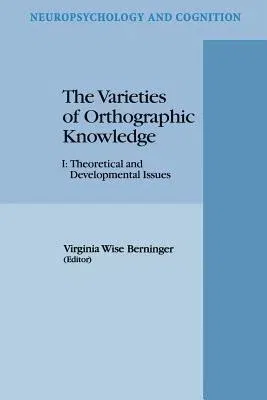The role of orthography in reading and writing is not a new topic of
inquiry. For example, in 1970 Venezky made a seminal contribution with
The Structure of English Orthography in which he showed how both
sequential redundancy (probable and permissible letter sequences) and
rules of letter-sound correspondence contribute to orthographic
structure. In 1980 Ehri introduced the concept of orthographic images,
that is, the representation of written words in memory, and proposed
that the image is created by an amalgamation of the word's orthographic
and phonological properties. In 1981 Taylor described the evolution of
orthographies in writing systems-from the earliest logographies for
pictorial representation of ideas to syllabaries for phonetic
representation of sounds to alphabets for phonemic representation of
sounds. In 1985 Frith proposed a stage model for the role of
orthographic knowledge in development of word recognition: Initially in
the logographic stage a few words can be recognized on the basis of
partial spelling information; in the alphabetic stage words are.
recognized on the basis of grapheme-phoneme correspondence; in the
orthographic stage spelling units are recognized automatically without
phonological mediation. For an historical overview of research on visual
processing of written language spanning the earliest records of writing
to the early work in experimental psychology, see Venezky (1993).


